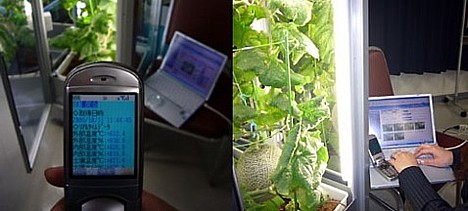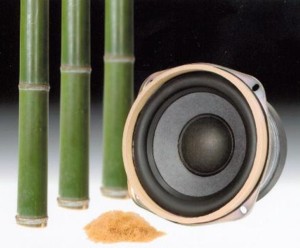As a publicity stunt to demonstrate the durability of Evolta batteries, Panasonic's mascot robot is hiking the historic 500-kilometer (300-mi) Tōkaidō Road from Tokyo to Kyoto.
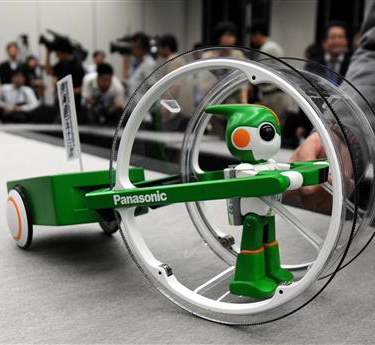

Evolta World Challenge III: Kyoto or bust! -- Photos via Sankei News
The Evolta humanoid, whose new design is meant to resemble an ancient highway traveler pulling a two-wheeled cart, measures 17 centimeters (7 in) tall and 40 centimeters (16 in) long. Constructed mostly of lightweight plastic, carbon fiber and titanium, the robot weighs about 1 kilogram (2.2 lbs). It is powered by 12 AA batteries and operated by remote control, and it can travel at a rate of 3 to 5 kilometers per hour (2-3 mph). If all goes according to schedule, the robot will complete the journey on December 10, after 49 days of walking.
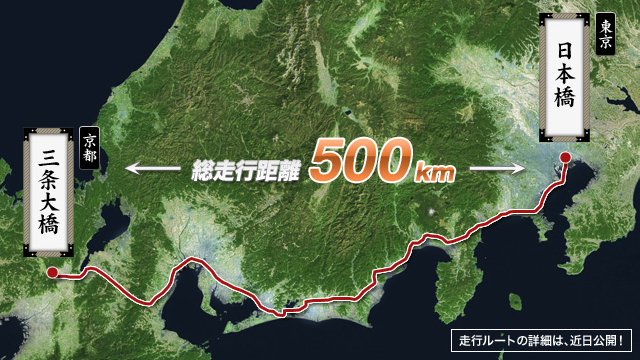
On the 500-km Tōkaidō Road from September 23 to November 10, 2010
The Evolta robot is no stranger to endurance challenges. In May 2008 the battery-powered mascot climbed a 530-meter (1,740-ft) rope suspended from a Grand Canyon cliff, and in August 2009 it drove non-stop for 24 hours around the Le Mans race circuit, covering a distance of 23.7 kilometers (14.8 mi). Each feat earned the robot a Guinness World Record.
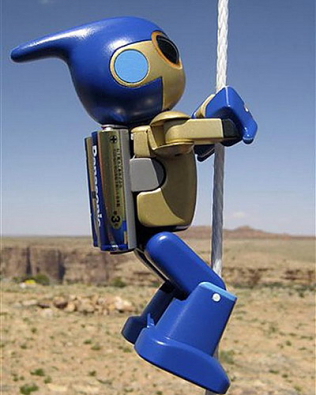
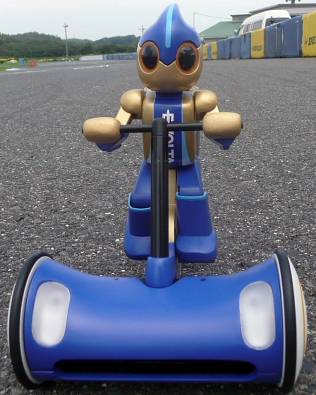
Evolta robot at Grand Canyon (2008) // Evolta robot at Le Mans (2009)
The current and previous versions of the humanoid were created by renowned roboticist Tomotaka Takahashi, founder of Kyoto University's Robo-Garage. The new robot features a hamster wheel-like design to facilitate movement over uneven surfaces, as well as a handcart that holds batteries. The batteries will be recharged once per day throughout the course of the journey.
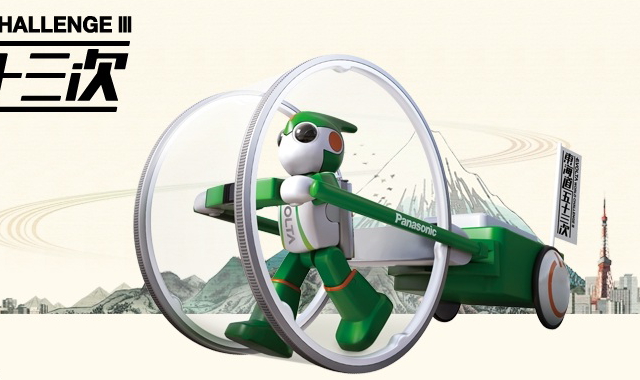
Artist rendition of Evolta robot on Tōkaidō Road (2010)
The 500-kilometer (300-mi) Tōkaidō Road, which runs between Nihonbashi bridge in Tokyo and Sanjō Ōhashi bridge in Kyoto, served as Japan's most important transport artery during the Edo period. During its heyday in the 17th to 19th centuries, the road was one of the busiest highways in the world. In those days, it typically took travelers about 10 to 12 days to walk the route, weather permitting.
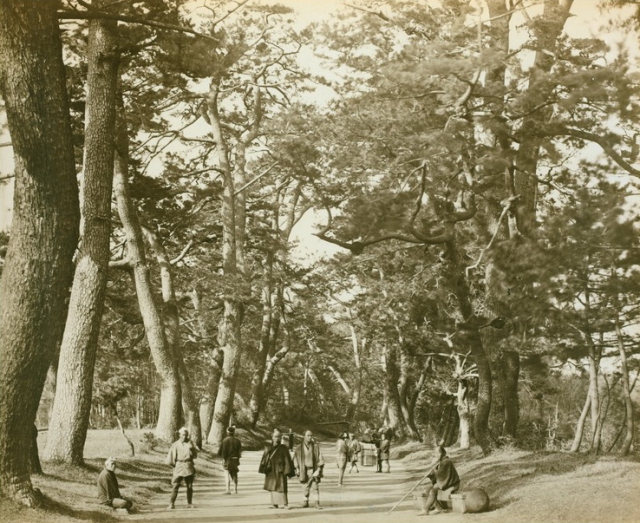
Tōkaidō Road photographed by Felice Beato in 1865
In the 17th century, the Tokugawa shogunate set up 53 post stations along the route, where travelers could find food, shelter and other services. These stations are perhaps best known through "The Fifty-Three Stations of the Tōkaidō" series of woodblock prints by the great ukiyo-e artist Utagawa Hiroshige, who first traveled the route in 1832.

Shinagawa, the first station on the Tōkaidō Road (print by Hiroshige)
The landscape has changed a great deal since then, and many of the old post stations have developed into towns and cities. The Evolta robot plans to pass through at least one station per day during the trek.
All of the action is being broadcast live on Ustream (morning to afternoon, Japan time).
The robot will also be tweeting its progress (in Japanese) at @evoltatoukaidou.
[Link: Evolta World Challenge III]



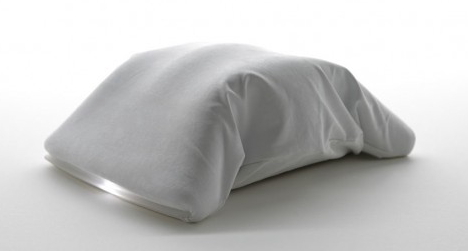
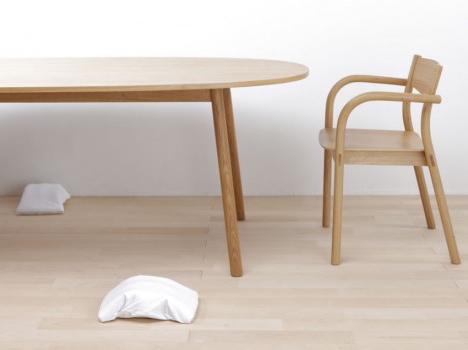
 On May 24, a 17-centimeter tall, 130-gram Panasonic Evolta battery mascot robot scaled a 500-meter cliff at the Grand Canyon in a publicity stunt to showcase the endurance of the Evolta AA alkaline battery, which the Guinness Book of World Records recently recognized as the longest-lasting of its kind. Powered by a pair of Evoltas, the robot hoisted itself up a 530-meter length of rope suspended next to the cliff, reaching the top after a grueling 6 hours and 45 minutes.
On May 24, a 17-centimeter tall, 130-gram Panasonic Evolta battery mascot robot scaled a 500-meter cliff at the Grand Canyon in a publicity stunt to showcase the endurance of the Evolta AA alkaline battery, which the Guinness Book of World Records recently recognized as the longest-lasting of its kind. Powered by a pair of Evoltas, the robot hoisted itself up a 530-meter length of rope suspended next to the cliff, reaching the top after a grueling 6 hours and 45 minutes. 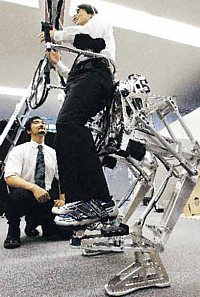 On June 15, electronics giant Matsushita Electric (Panasonic's parent company) unveiled a wearable robot suit called Power Pedal, which attaches to the lower body and provides users with up to seven times more leg strength.
On June 15, electronics giant Matsushita Electric (Panasonic's parent company) unveiled a wearable robot suit called Power Pedal, which attaches to the lower body and provides users with up to seven times more leg strength.
